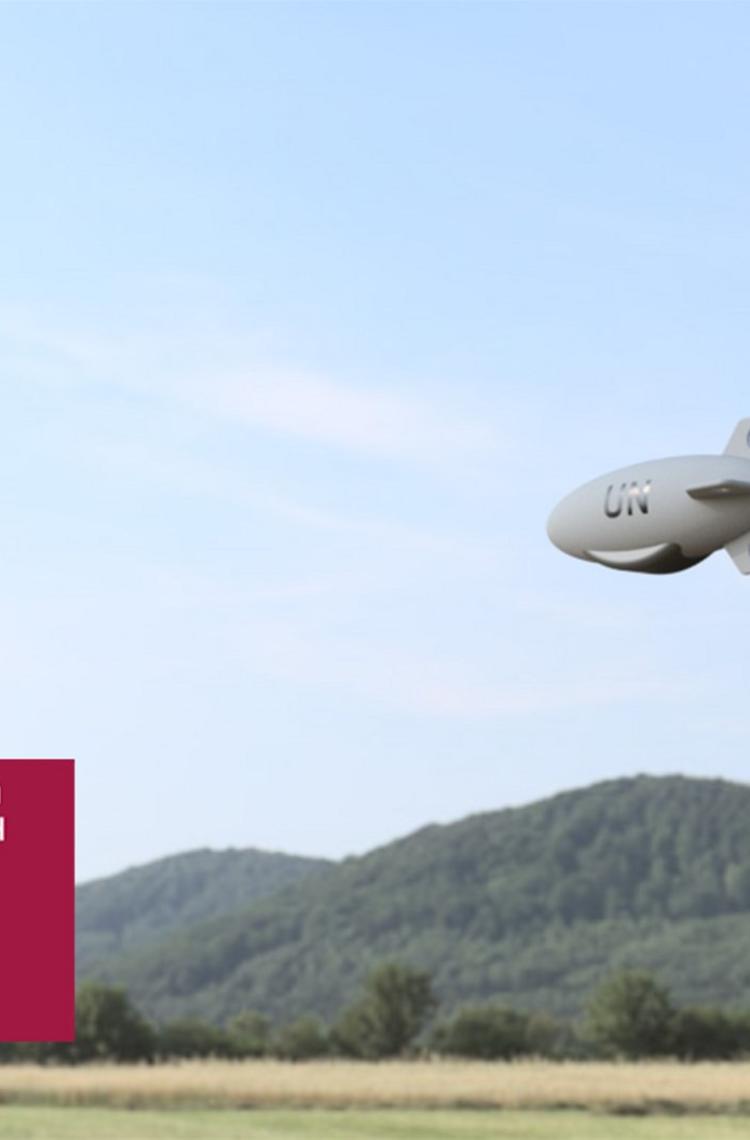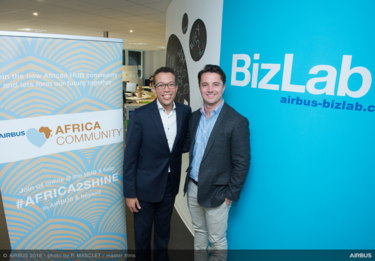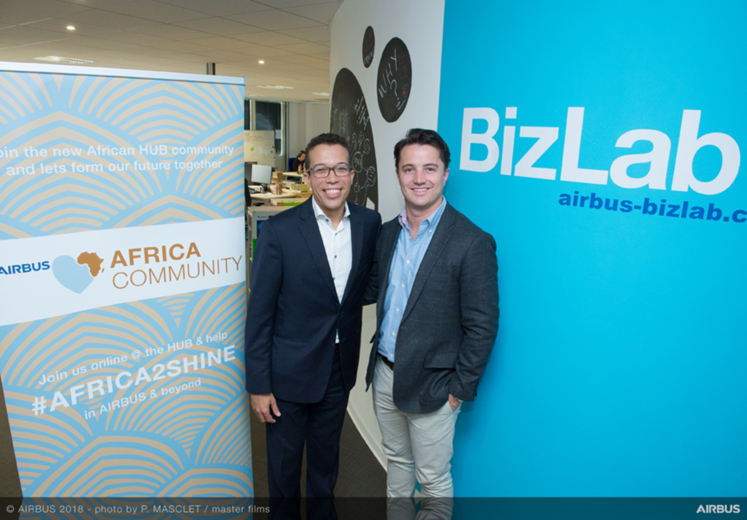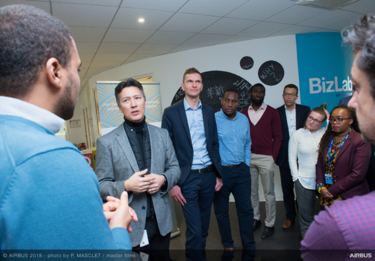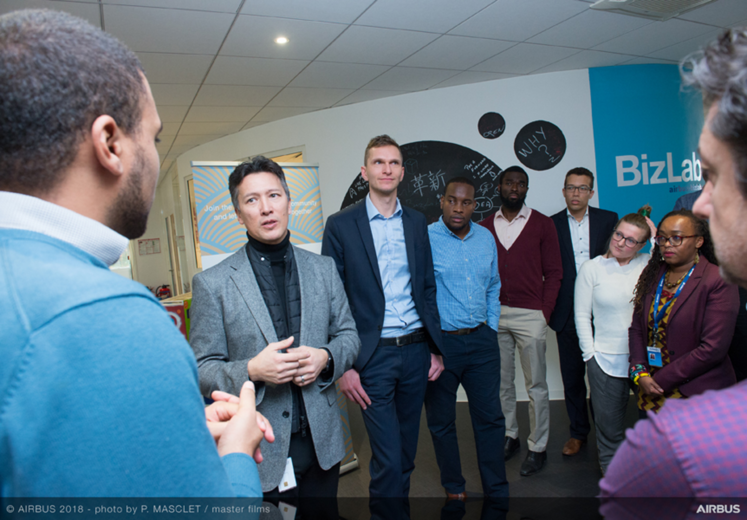One billion people live in places without access to roads, railways or airstrips, says South African entrepreneur Spencer Horne. But he believes he has a solution to this problem: to deliver any kind of cargo to these locations with a network of lighter-than-air drones.
Born in Cape Town, Horne has always had a thing for transport. When he was six years old, he saw the film Titanic and immediately asked his mum, a librarian, to get him every book about the ship she could find. He also started building cardboard models, before promptly taking them apart again. In later years, his obsession shifted to trains and airplanes. Now, his focus lies on a very special kind of airship.
A new type of autonomous delivery
“Right now, there are several companies delivering small cargo using drones. There’s Amazon, of course, but also Zipline, in Rwanda, which transports blood bags for transfusions to remote areas within 75 minutes using fixed-wing drones,” says Horne. His idea is to bring this emerging type of logistics one step further to deliver any kind of cargo using 20-metre long autonomous airships powered by solar arrays.
Whereas current drones can carry one or two kilogrammes, Horne wants to build autonomous airships capable of carrying more than 250 kilos and travel up to 400 kilometres.
People in remote areas live very different lives from most of us: they usually lack access to drugs, healthcare products and even basic consumer goods.
Cloudline CEO Spencer Horne
Horne has started a new company called Cloudline to deliver goods and international aid to the most remote parts of Africa. And the idea could also spread to other parts of the world in which standard transport infrastructure doesn’t work, including island nations and disaster areas.
Innovative solution for disaster management
Horne, 27, had his idea while working as a business analyst in South Africa after majoring in mechanical engineering at Harvard. “I realised how crazy things are in some landlocked countries in Africa. It takes a week, for example, to transport a container from Mombasa in Kenya to Kigali, Rwanda by road, due to the bad state of unpaved roads. And it costs ten times more than transporting the same cargo from China to the Kenyan port.”
This makes things especially critical for humanitarian aid. “It costs around 10,000 dollars to deliver just 200 dollars worth of food to South Sudan using airlift. I think we can divide that by 10 using the type of airships we want to develop, because we don’t need most of the infrastructure and ground control,” says Horne. “There would also be no polluting fuels involved.”
Building on Airbus’ #africa4future challenge
In 2017, Airbus BizLab launched the #africa4future challenge to explore the innovation potential in Africa and prepare the company for developing products and services for and with African people based on their needs and realities.
Horne was one of three African entrepreneurs selected to visit the company’s facilities in Toulouse and Munich to present his idea and meet with engineers and business developers that could help him bring his idea to fruition. He is especially interested in the technical expertise Airbus can provide to develop the aerial vehicles. “The technology we need for them already exists, we just have to figure out how to get it to market.”
We believe Africa is changing. To develop the products and services of the future, it is important to understand how the local ecosystems function and build partnerships with new players to create links with the local communities.
Rey Buckman, Airbus BizLab Platform Leader Hamburg
Potential partnership with the UN
Horne’s plan is to develop the first airship prototype in 2018, for which he is raising one million dollars. Initial operations could start in Africa in 2019. Although the countries are not yet decided, some African nations like Rwanda and Tanzania could go first, as they have some of the most open legislation to the use of drones. “Our idea is to start working with the UN’s World Food Programme. But ultimately, this could be used to take any kind of goods to any remote area you can think of.”
